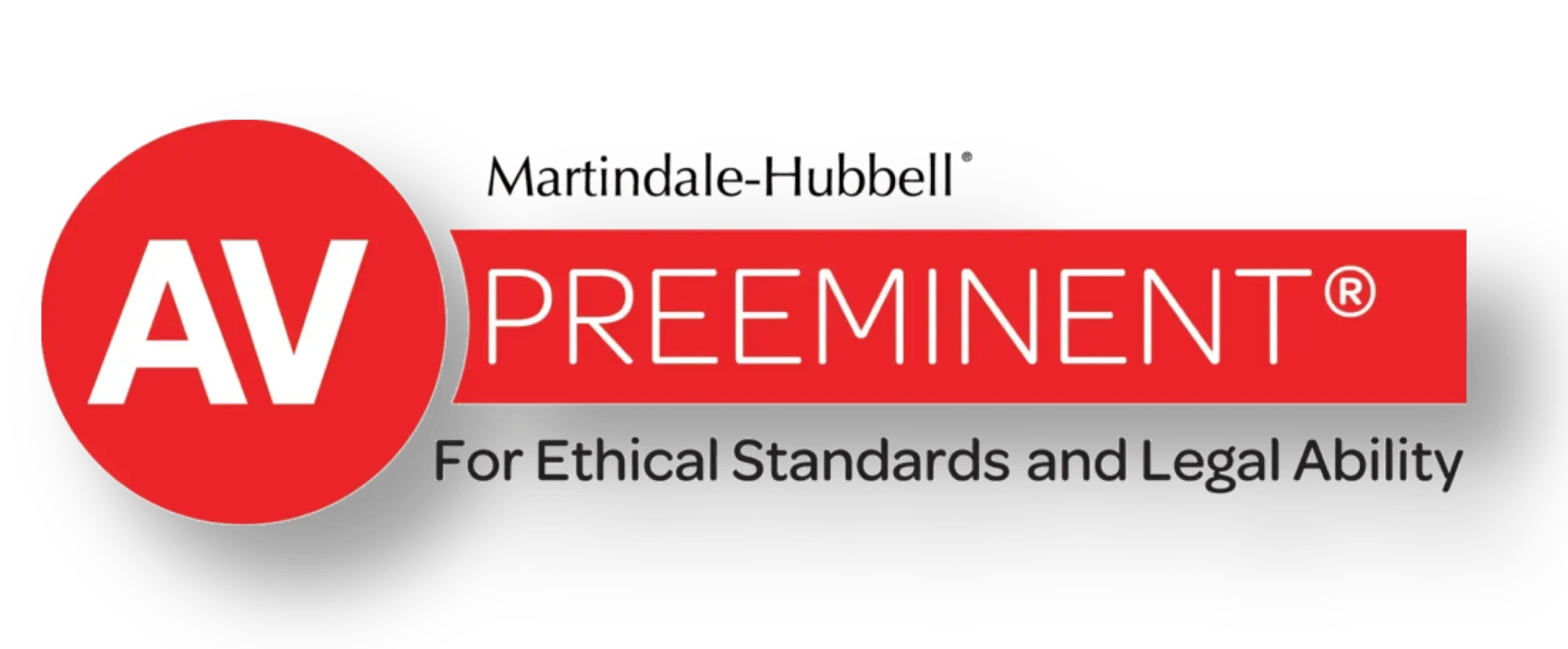Navigating the Social Security Disability Hearing: What to Expect
If your initial application for Social Security Disability (SSD) benefits has been denied and your request for reconsideration was also unsuccessful, the next step in the appeals process is a hearing before an Administrative Law Judge (ALJ). The SSD hearing is a critical stage in your pursuit of benefits, and it offers you the opportunity to present your case in person, provide testimony, and submit additional evidence to support your claim.
Many applicants find the idea of an SSD hearing intimidating, especially if they are unsure of what to expect. This blog will guide you through the SSD hearing process, explain what happens during the hearing, and offer tips on how to prepare effectively to improve your chances of a favorable outcome.
What Is a Social Security Disability Hearing?
A Social Security Disability hearing is a formal proceeding where an Administrative Law Judge (ALJ) reviews your case to determine whether you qualify for disability benefits. The hearing is a chance for you to present new evidence, clarify details about your condition, and explain how your disability prevents you from working. It is also an opportunity for the ALJ to hear directly from you, your witnesses, and any medical or vocational experts.
The hearing typically takes place in a small conference room or, in some cases, via video conference. The setting is less formal than a courtroom, but it is still a legal proceeding, and the ALJ’s decision is binding.
Step 1: Requesting a Hearing
If your claim has been denied at the reconsideration stage, you have 60 days from the date of the denial to request a hearing. To do this, you will need to complete and submit Form HA-501, Request for Hearing by Administrative Law Judge, to the Social Security Administration (SSA). You can submit this form online, by mail, or in person at your local SSA office.
It’s important to request the hearing promptly to avoid missing the deadline, as failing to do so could result in the dismissal of your appeal. Once your request is received, you will be placed on a waiting list for a hearing date, which may take several months to schedule.
Step 2: Preparing for the Hearing
Preparation is key to a successful SSD hearing. The better prepared you are, the more effectively you can present your case and address any questions or concerns the ALJ may have. Here are some important steps to take in preparation for your hearing:
- Review Your Case File:
- Before the hearing, request a copy of your case file from the SSA. This file contains all the documents, medical records, and evidence that the SSA used to make its previous decisions. Review the file carefully to ensure that all information is accurate and complete.
- Gather Additional Medical Evidence:
- If you have received additional medical treatment or if your condition has changed since your initial application, gather any new medical records, test results, or doctor’s notes that support your claim. This new evidence can be submitted to the ALJ at the hearing.
- Prepare Your Testimony:
- During the hearing, you will have the opportunity to testify about your condition, your symptoms, and how your disability affects your daily life and ability to work. It’s important to prepare your testimony in advance, focusing on the details that are most relevant to your claim.
- Identify Witnesses:
- Consider bringing witnesses to the hearing who can testify about your condition and its impact on your life. These witnesses could include family members, caregivers, or medical professionals who are familiar with your situation. Make sure they are prepared to provide clear and relevant testimony.
- Consider Hiring an Attorney:
- While you are not required to have an attorney represent you at the hearing, it is highly recommended. An experienced SSD attorney can help you gather evidence, prepare your testimony, cross-examine witnesses, and present your case effectively to the ALJ.
Step 3: What Happens During the Hearing
On the day of the hearing, you will meet with the ALJ in a conference room or via video conference. The hearing typically lasts between 30 minutes to an hour, depending on the complexity of your case. Here’s what you can expect during the hearing:
- Introduction and Swearing-In:
- The ALJ will begin the hearing by introducing everyone present and explaining the purpose of the hearing. You, any witnesses, and the vocational or medical experts will be sworn in under oath.
- Opening Statement:
- The ALJ may ask you or your attorney to make an opening statement summarizing your case and the evidence you plan to present. This is your opportunity to provide an overview of why you believe you are entitled to benefits.
- Your Testimony:
- The ALJ will ask you questions about your medical condition, symptoms, treatment history, and how your disability affects your ability to work. It’s important to answer these questions honestly and provide specific examples of how your condition limits your daily activities.
- Expert Testimony:
- The ALJ may call on medical or vocational experts to provide testimony about your condition and your ability to work. The medical expert will review your medical records and offer an opinion on whether your condition meets the SSA’s definition of disability. The vocational expert will discuss whether there are any jobs in the national economy that you could perform given your limitations.
- Cross-Examination:
- If there are expert witnesses, your attorney will have the opportunity to cross-examine them, asking questions to clarify their testimony or challenge their conclusions. The ALJ may also ask follow-up questions based on the testimony provided.
- Closing Statement:
- After all testimony has been given, the ALJ may allow you or your attorney to make a closing statement, summarizing the key points of your case and reiterating why you believe you are entitled to benefits.
- Conclusion of the Hearing:
- Once the hearing is complete, the ALJ will conclude the proceeding and explain the next steps. You will not receive a decision at the hearing; instead, the ALJ will review all the evidence and issue a written decision by mail.
Step 4: Awaiting the ALJ’s Decision
After the hearing, the ALJ will take some time to review all the evidence, including the testimony provided during the hearing, and make a decision. The decision will be sent to you by mail, and it may take several weeks or even months to receive.
The ALJ’s decision will be one of the following:
- Fully Favorable: The ALJ agrees that you are disabled and approves your claim for benefits.
- Partially Favorable: The ALJ agrees that you are disabled but may set a different onset date for your disability, which could affect the amount of back pay you receive.
- Unfavorable: The ALJ denies your claim, concluding that you are not disabled under SSA guidelines.
If your claim is approved, you will begin receiving benefits, including any back pay owed to you. If your claim is denied, you have the option to appeal the decision to the Social Security Appeals Council.
Tips for a Successful SSD Hearing
To maximize your chances of success at your SSD hearing, consider the following tips:
- Be Honest and Consistent:
- Provide honest and consistent answers to the ALJ’s questions. Avoid exaggerating your symptoms, as this could harm your credibility.
- Focus on Your Limitations:
- Emphasize how your disability limits your ability to perform everyday tasks and work-related activities. Provide specific examples to illustrate the impact of your condition.
- Dress Appropriately:
- Dress in a manner that shows respect for the hearing process. While the hearing is less formal than a court trial, it’s still important to present yourself professionally.
- Stay Calm and Composed:
- It’s natural to feel nervous, but try to stay calm and composed during the hearing. Take your time answering questions and don’t be afraid to ask for clarification if you don’t understand something.
- Work with an Attorney:
- Having an experienced SSD attorney by your side can make a significant difference in the outcome of your hearing. An attorney can help you prepare, present your case effectively, and navigate any challenges that arise during the hearing.
Conclusion
The Social Security Disability hearing is a crucial step in the appeals process and offers you the best opportunity to present your case and secure the benefits you need. By understanding what to expect, preparing thoroughly, and considering the support of an experienced attorney, you can approach the hearing with confidence and improve your chances of a favorable outcome.
If you’re facing an upcoming SSD hearing, the attorneys at Wood & Carlton, P.C. are here to help. With extensive experience in Social Security Disability cases, we can guide you through every step of the process, from gathering evidence to representing you at the hearing. Contact us today to schedule a consultation and learn how we can assist you in securing the benefits you deserve.








